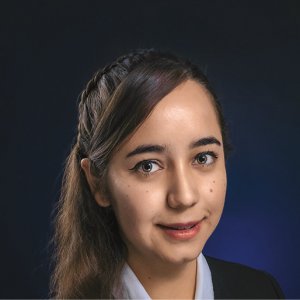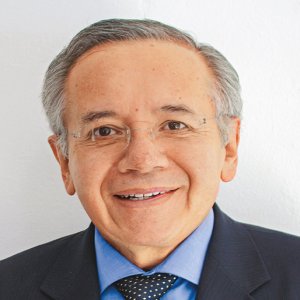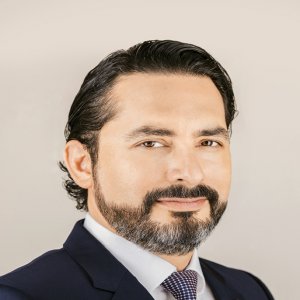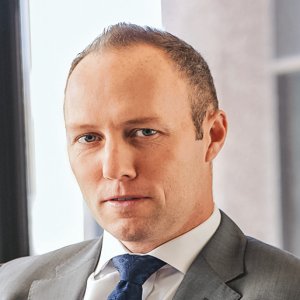A Regional Grassroots Approach for Mineral Discoveries

STORY INLINE POST
Q: How does MAG Silver expect the exploration investment market to evolve in the coming years?
A: The market’s behavior for the next couple of years appears uncertain but the gratifying part is that when there has been an uptick in the market, a lot of money comes in. This suggests that there is a large amount of money sitting on the sidelines, waiting to come back into the sector. The high-reward risk investors are investing in blockchain and cannabis because a great deal of money can be made in a short period of time, but our sector takes longer.
Q: What is your assessment of the impact from transitioning from older to newer exploration participants?
A: There is a gap in terms of exploration product. This means there is an enormous number of projects in established companies that have passed through multiple cycles. This situation is not letting many companies do greenfield exploration or introduce new ideas. If we do not bring fresh ideas to fresh targets, companies that are already in the sector will not be interested in investing. I am gratified to see some young companies focusing on a more regional grassroots approach to generate a new project and some of them are actually getting financing directly from private equity. Once the cycle recovers, a great number of fresh exciting discoveries should emerge.
Q: What role will disruptive technological advancements play in driving these discoveries?
A: Technology will always advance but we will still need humans to operate these tools. The human component will change as new tools allow companies to deal with larger datasets but for greenfield projects, this requires having the actual data to begin with. There are many places to explore where we do not have available datasets and someone still has to generate that information.
Where I see this potential, especially in Mexico, is exploring through cover. This is more complicated than simply crunching data because you have to understand what data goes in and what it means in order to interpret the results. There is no question that new geophysical techniques that are being developed are very exciting. Technology like 3D seismic or satellite based hyperspectral imagery works exceptionally well for certain deposits present in Mexico. These systems can see things underneath the earth that the human eye cannot.
Q: What were the company’s main achievements in 2018?
A: Our main 2018 highlight was continuing to work with Fresnillo in the development of the Juanicipio mine. In 2018, MAG Silver executed a PEA that serves as a good representation of how the Juanicipio project will be built. Eighteen kilometers of workings have been developed; we are at the top of the vein and in position to start cutting headings.
The company is also looking to do more exploration and I think we will continue to prove that the Valdecañas vein is a truly exceptional exploration asset. Regarding our collaboration with Fresnillo, the process at Juanicipio is mostly controlled by them but we are very involved through our participation in a technical committee. It has been very exciting to work with Fresnillo on what will be the world’s biggest silver mine. Within the committee, we have already talked about the targets for the immediate and long-term future. We try to map these out as far in advance as we can, understanding that the result of any given hole can change the program dramatically.
Q: What have been the major advantages of developing a JV with Fresnillo?
A: Fresnillo decided to partner with us for this specific project after we made the initial discoveries on the property. There could not be a better partner for us, they bring to the table a full array of operational expertise, including community relations and a team dedicated to acquiring the required rights to drill and develop. The mill will be optimized by the fact they have been mining the same ore from the other end of the vein for a couple of years, so we get the benefit of that.
Fresnillo has gone from being a relatively unimportant district prior to 1975, when it had only produced 250 million oz of silver. But since 1975, with the discovery of one group of blind veins after another, production plus resources at Fresnillo rose to 3.3 billion oz. It is now the world’s biggest primary silver camp and most of those discoveries have been made blind. There is more to be found and I can see the district doubling in terms of size over time. We could be talking about 5 or 6 billion oz of silver, which would leave any other silver deposit in the dust.
Q: What major hurdles has MAG Silver faced when developing projects in Mexico?
A: At the Cinco de Mayo property, we have been working with the local ejido to re-establish access to the property, but that has been a long and tedious process therefore we took an impairment in 2016. We are really excited about what we found at Cinco de Mayo and the social situation is very unfortunate.
With the change of government, there have been some steps forward and maybe some steps back, but we are getting great support from the state of Chihuahua. The federal government seems to have other priorities in terms of releasing expired mining concessions where companies want to explore, find and develop resources. It is most unfortunate for Mexico that the legal framework has not been diligently enforced as this discourages companies from investing further.
Another factor is the timeline from discovery to production, which is quite long. At Juanicipio, we drilled the discovery hole in 2003 and production will take place by 2020. These 17 years are a little over the average but from an investment viewpoint, this is a very long time. If you want exploration in your country, you have to provide enough certainty to invest in that timeline.
Regarding the entrance of the new administration, I think it is necessary to establish a clear policy for the mining industry and follow it. Taxation also needs to be fair: our company agrees to being taxed at a fair rate, but if companies cannot make enough money, they cannot employ more people and the economic benefits will not spread. In many communities, there is no alternative option for an adequate income so these projects make a tremendous difference to the local economy.
Q: How would you assess the taxation process?
A: The original philosophy of the Special Mining Tax was to benefit local communities and the overall philosophy of AMLO’s government is to improve the lives of impoverished people. This is a good concept, however, when multiple different entities are involved in managing and distributing these funds, bureaucratic attrition takes place before this money reaches local communities. If the total tax is 7.5 percent, it might make more sense if 2.5 percent was directed to the federal government and the rest go directly to benefit these communities. I would argue that the best way to do this is for the mining company to invest directly in the region in which it works with the proper community consultation and agreement. The mining company could be given a credit against their total tax bill which would let the money be spent directly in the communities so that most of the tax amount actually benefits these communities in the manner they want.
























